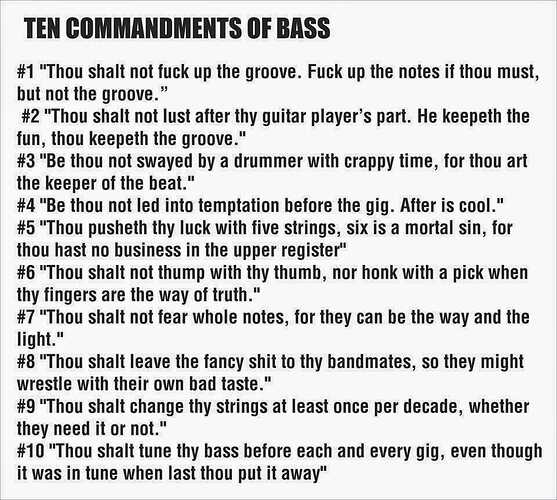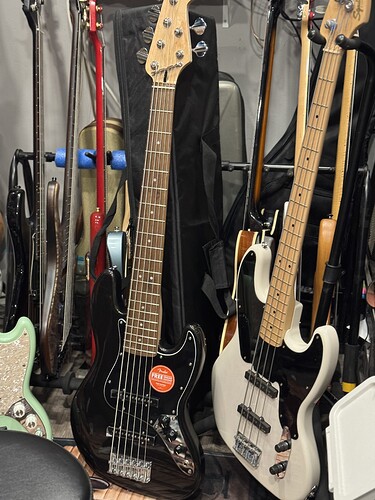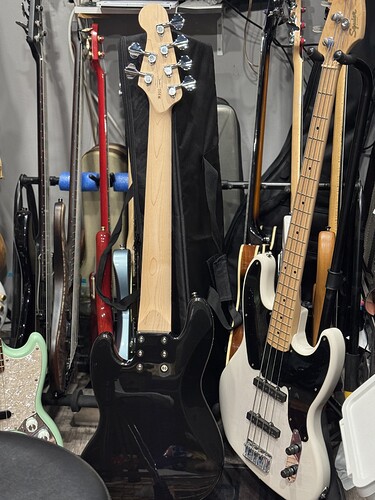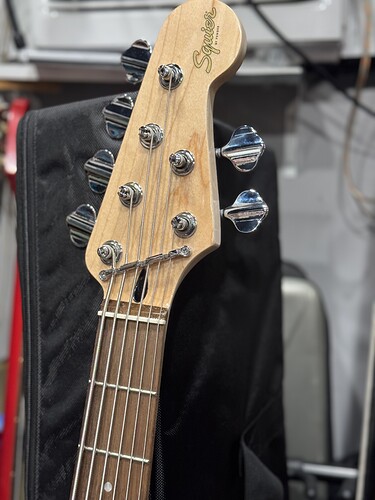Let’s crack a bud and have a debate! This is about learning on a 4, 5(V), or 6(VI)-string bass. I say new players should begin on a 6. Here’s why!
- Anything played on a 4 can be played on a 6. Anything!
- Anything played on a 5 can be played on a 6. Anything!
- The 4 is now a legacy bass; the 6 is the modern extended range bass.
- Because the 4 is a legacy bass, experienced players are biased toward it and will always recommend it as a first bass, because that’s what they started with. I think you know!
- A new player should have no more problem playing a 6 than a 4. New guitar players don’t use 4-string guitars. Both 4s and 6s are challenging. Start with a 6.
- A floating thumb sliding back and forth over the strings solves most muting issues on a 6.
- A low B string adds B0 to E1. The high C string extends the range upward by twenty additional half steps, adding C3 to A4 on a 20-fret bass.
- The 6 adds a total of 48 unique pitches compared to a 4 with the same number of frets.
- A good 6 can be purchased now for ~$300.
- If a new player starts with a 6, they can skip the brain re-wiring that must occur when/if they move from a 4 or 5 to a 6.
- The harmony possibilities with a guitar are huge. The melody and chord possibilities are amazing, too.
- The 6 will allow the bassist to perform as a solo act. Add some effects and you can really change things up.
I bought one! I am a 2nd year enthusiast. I completed BassBuzz using a 4 and a pick. Now I am going to retake the course using a 6 and my fingers. The 6 is amazing. I gave it an unboxing inspection to make sure the knobs worked. Takes a minute, right. I played it for almost an hour. A very nice 6. It’s a Squier Affinity Series Jazz Bass 6 (VI) and I think it’s the future. Anyone agree?
OK! Rip me a new one…





